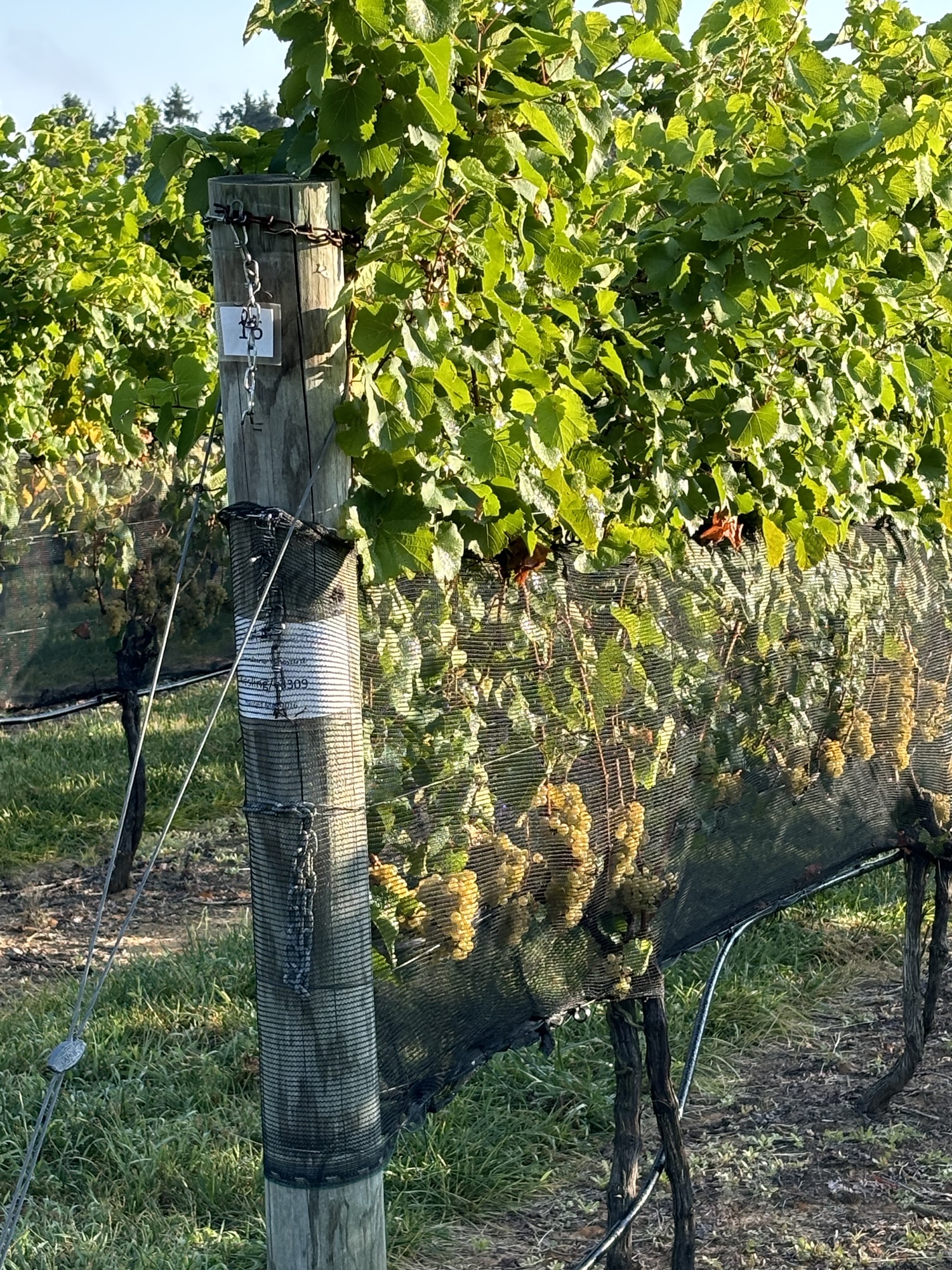
Okay, so you’ve probably noticed that the same type of wine can taste different depending on where it’s from. A Chardonnay from California doesn’t taste the same as one from France—or New Jersey. But why? It all comes down to something called terroir. It sounds like tare-wahr.
Terroir is a fancy way of saying “how the place affects the wine.”
Terroir includes soil, weather, and even how much sun or rain a vineyard gets. In New Jersey, all of these factors come together to make unique wines.
For example, the southern part of the state has sandy soil. This is especially true in the Outer Coastal Plain. This sandy soil is great for smooth, easy-drinking red wines like Cabernet Franc. Meanwhile, the northern part has richer soil that helps produce bold, structured wines like Chardonnay.

Then there’s the weather. New Jersey summers are warm, but the cool autumns give the grapes time to develop more flavor. Plus, the ocean helps keep temperatures from getting too extreme, which is super important for growing good grapes.
So, what does all this mean? It means that when you drink a wine from New Jersey, you taste a bit of the state itself. The soil, the sun, the ocean breeze—it all plays a part. You might not consider yourself a wine expert. Still, it’s pretty cool to know why your glass of Jersey wine tastes the way it does!
Enjoy a tasting in the Warren Hills AVA. Then take a trip to the tip of the Garden State. Try the same varietal there. You will be able to taste the difference of each region. You can check a directory of New Jersey’s wineries over at the New Jersey Wine Growers Association website. There is a map that shows you the various locations of each producer in our state.
Please like, subscribe, share, and most important comment on your wine experiences.
